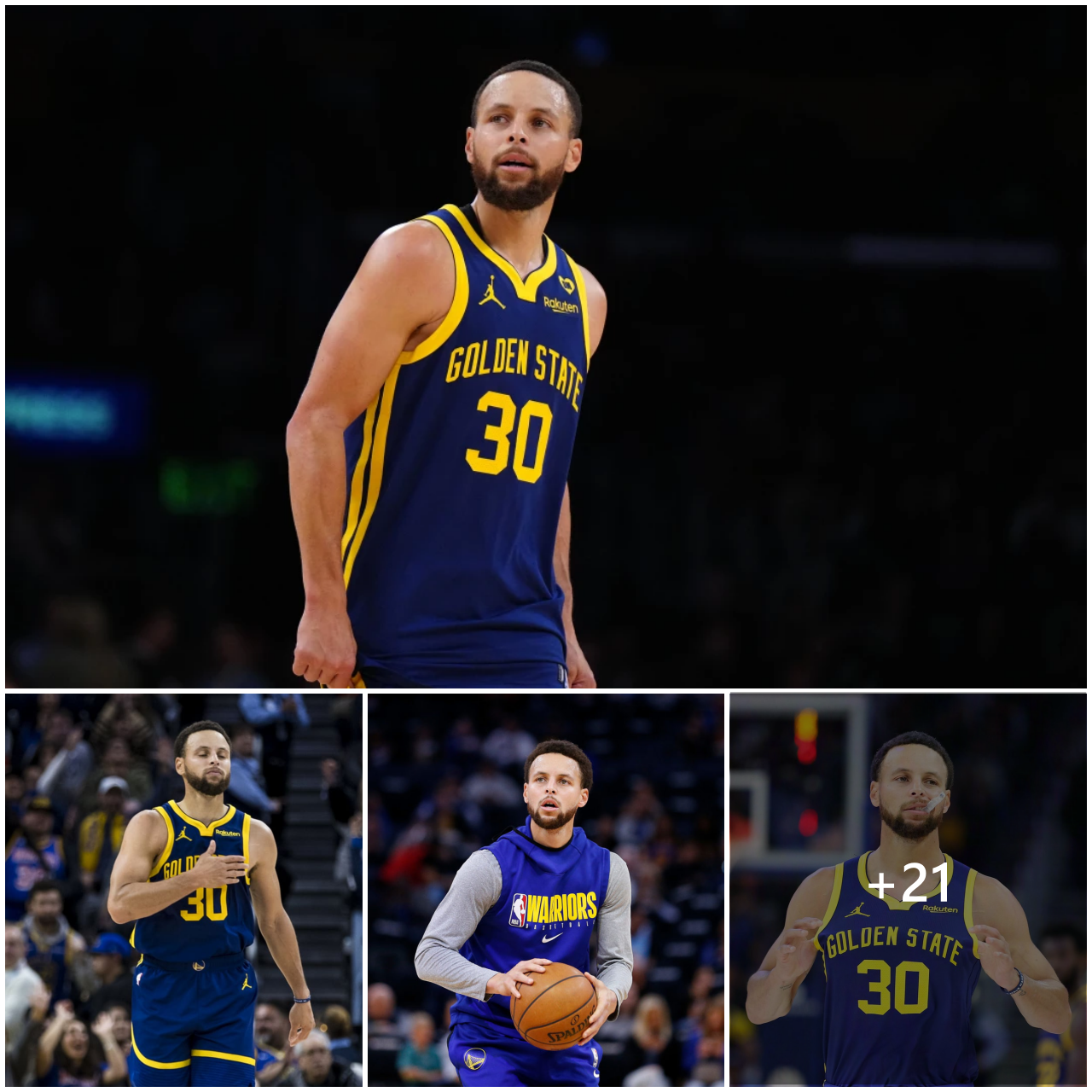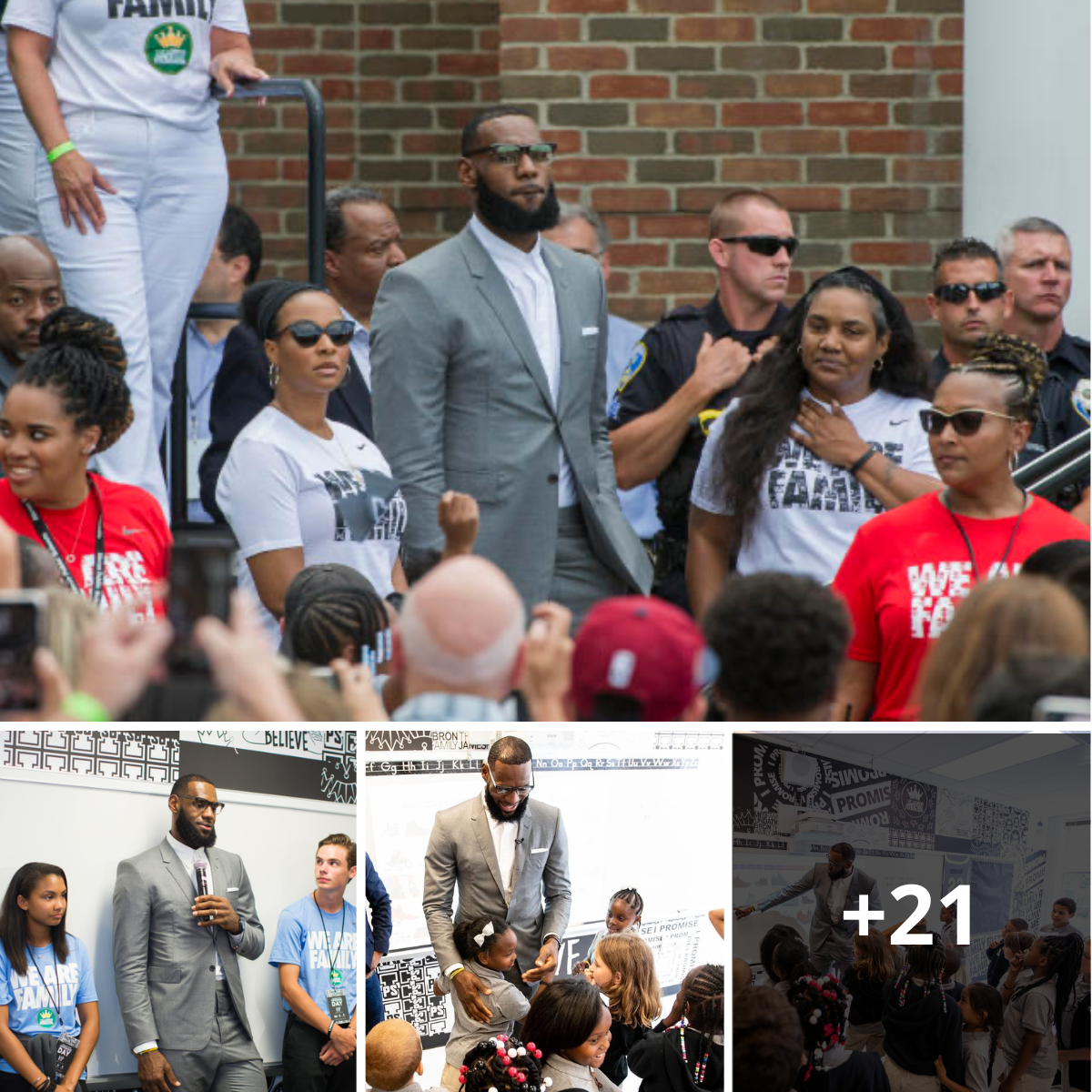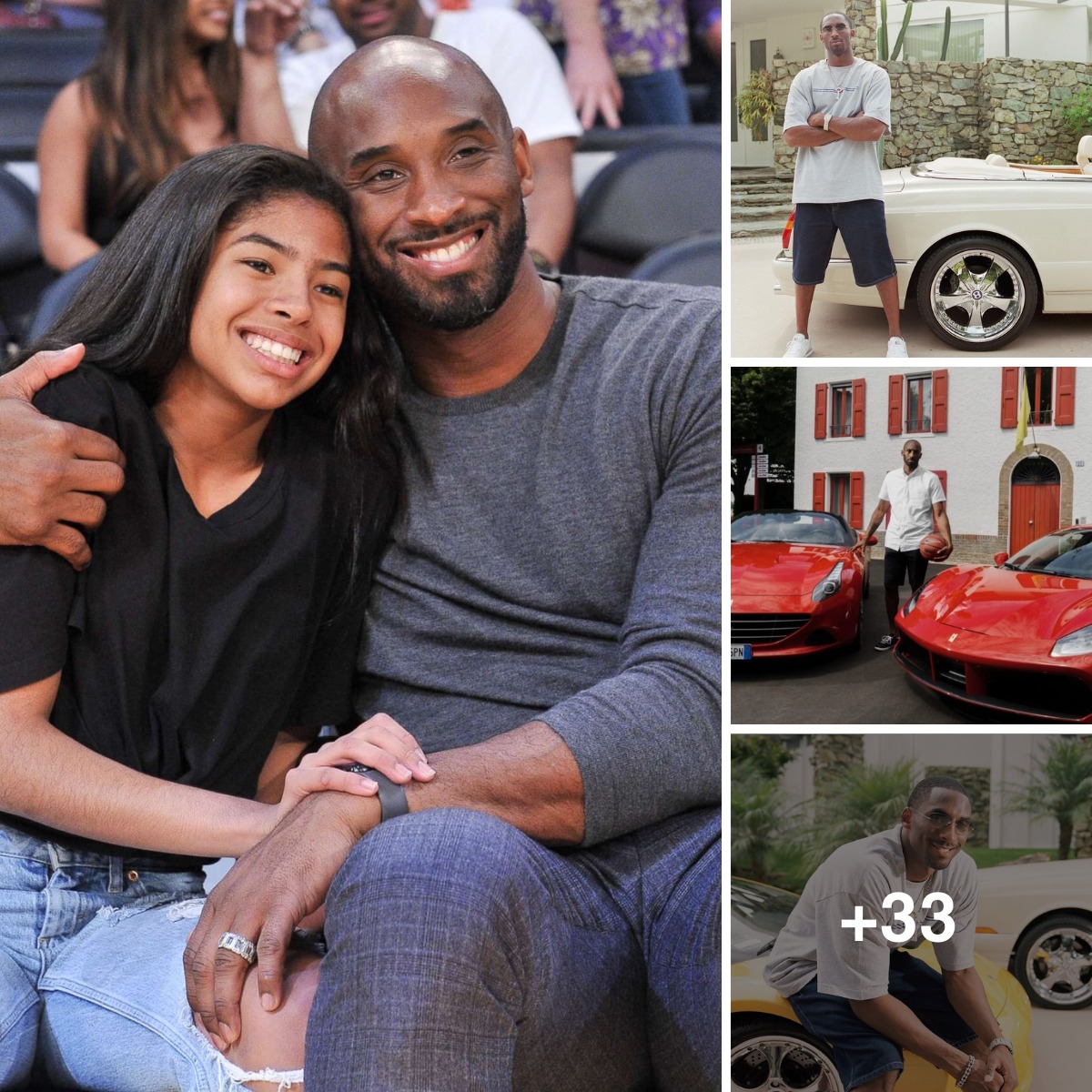Green has spent nearly a decade teetering between brilliance and recklessness, with several awards and suspensions to show for it. But a series of incidents this season—culminating with Green striking Jusuf Nurkic in the face on Tuesday—has pushed the league to take a harder line.

Draymond Green—the most influential defensive player of his generation, who has practically inscribed the accord of modern NBA defense all by himself—stakes his genius in the imperceptible. Few players in the history of the league have combined his length, mobility, anticipatory court mapping, reaction speed, and instant recall. As a roamer, he routinely diagnoses an offense’s Plan B in the middle of snuffing out its Plan A, preventing either from being fully set into motion. Entire possessions are rendered as unfinished horse drawings. “He’s just innately a focused, aggressive player who really, I think, sees the pictures of the game earlier than most,” the Golden State Warriors’ famed defensive coach, Ron Adams, once said. “And that allows him defensively to be an actor rather than a reactor to situations.”
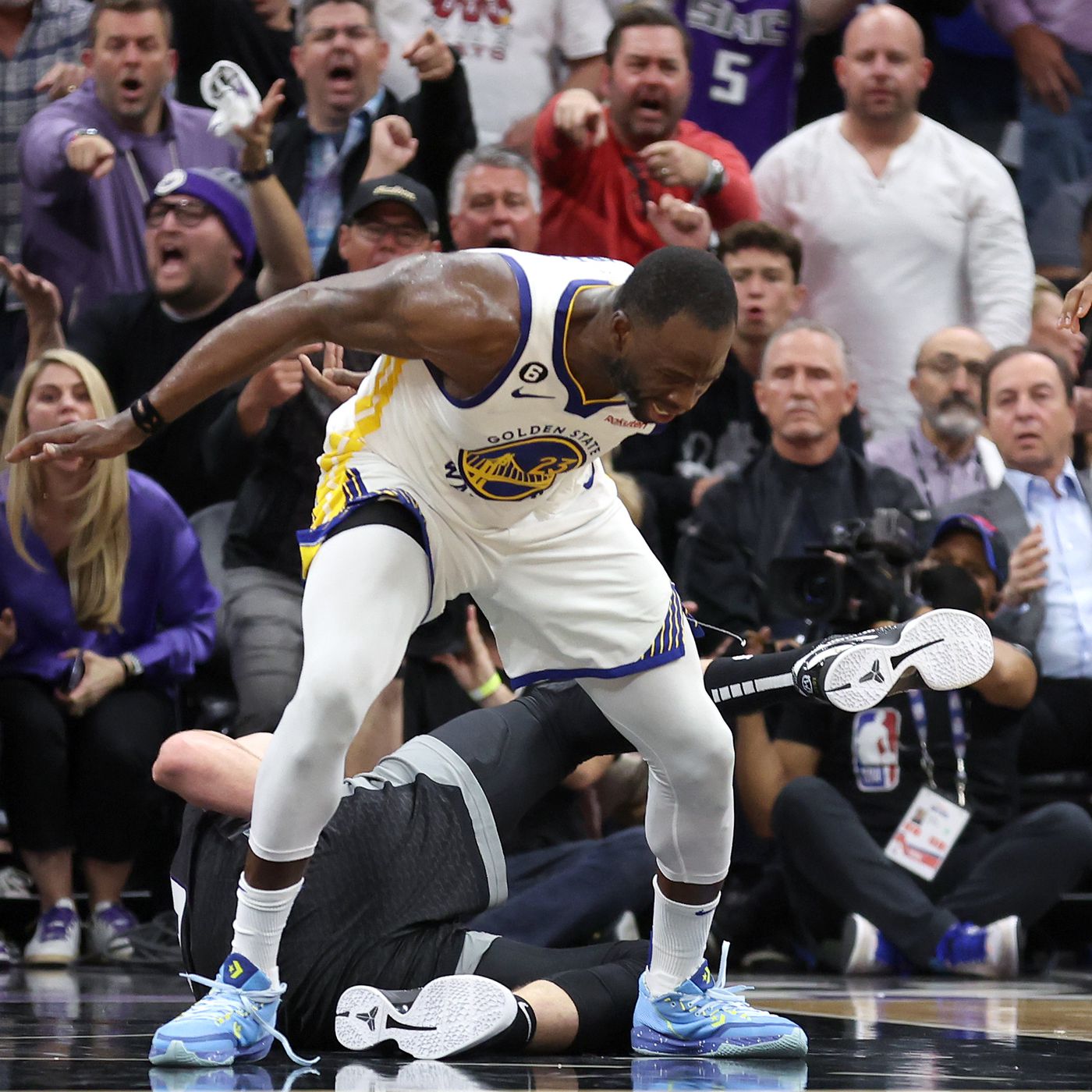
At his very best, Green seems to see defense in four dimensions, overlaying a mental simulation of his opponent’s action at 1.25x speed onto the court in real time—with reality a beat slower than his pattern recognition, he essentially grants himself an added grace period to make the perfect defensive read. It’s as likely an explanation for his defensive genius as any. But now, more than a decade into his storied career, his very best has ceded space to his very worst.
Draymond’s name wouldn’t be as recognizable as it is if his defensive mastery hadn’t run concurrent to a decade spent engaging in the dark arts. There are the groin kicks to Steven Adams in consecutive playoff games back in 2016 that likely started it all. You could field the greatest three-on-three basketball team of all time by picking the best players Draymond has ever poked in the eye: LeBron James, Nikola Jokic, James Harden. Punching Jordan Poole in 2022 ought to have been the nadir of Green’s career, and yet, he has consistently found new ways of jumping the shark in 2023.
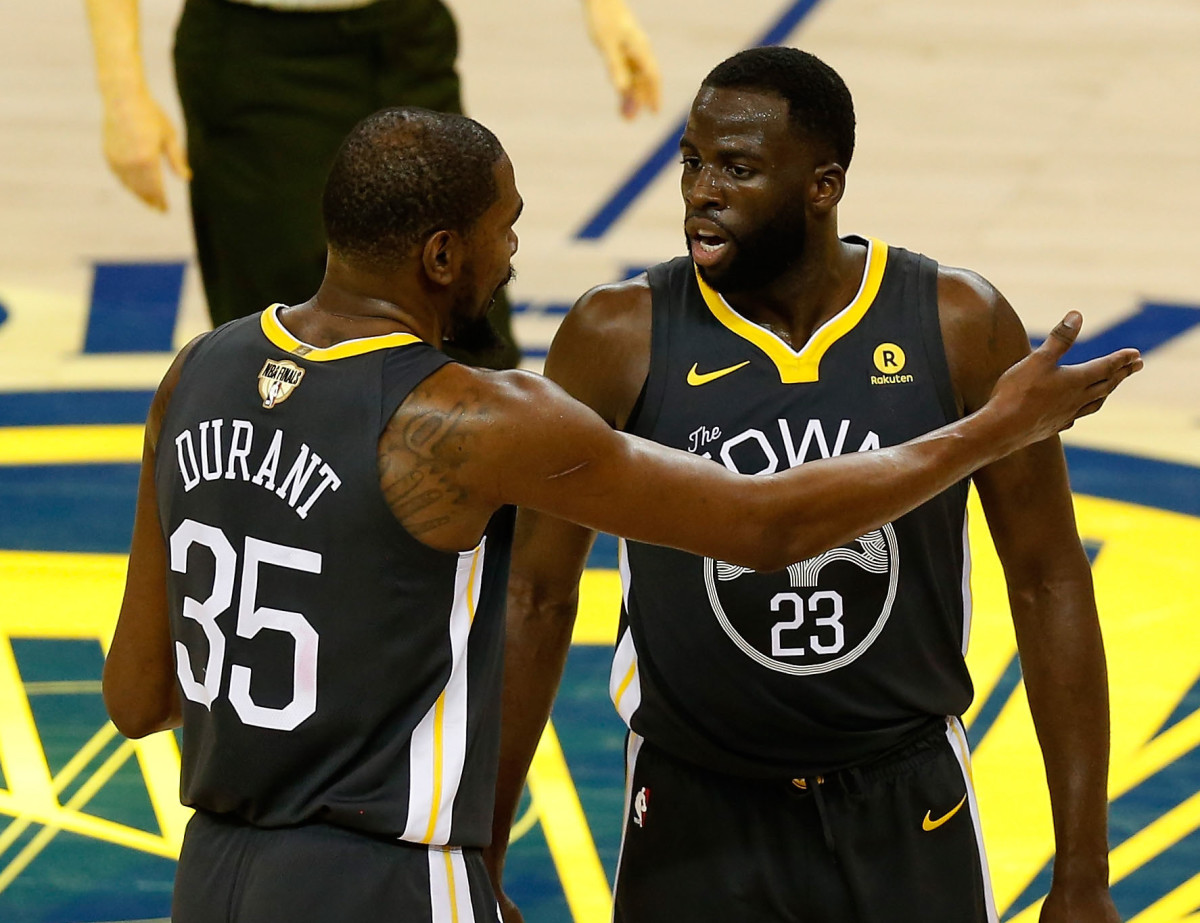
On Wednesday, the NBA suspended Green indefinitely, citing his open-hand strike to Jusuf Nurkic’s face in Tuesday’s loss to the Phoenix Suns—which occurred less than a month after Green was given a five-game suspension for putting Rudy Gobert in a rear naked choke in November, which itself came months after a one-game suspension for stomping on Domantas Sabonis’s chest in the Warriors’ first-round series against the Sacramento Kings last postseason. Draymond’s incident with Nurkic was the latest in what the league has deemed a “repeated history of unsportsmanlike acts.” The suspension will last as long as it takes for Green to “deal with challenges he’s facing,” as reported by Adrian Wojnarowski, through “a path of counseling” prescribed by the Warriors and Green’s representation. It is Green’s sixth career suspension, and fourth in the current calendar year.
These misdeeds over the years have largely been excused by a Warriors organization that has downplayed Green’s intent on extracurricular plays, knowing full well how important Draymond is to their success. Green was fined but never given a suspension by the league or the team for his actions against Poole. Instead, he was granted a four-year, $100 million extension a week after Golden State traded Poole away last summer, which must have fed into Green’s own sense of righteousness. To the team, his edge is indistinguishable from his ability, which makes Draymond nearly impossible to condemn, even lightly. “We always told him you can’t change who you are as a player and the competitive spirit you have, the physicality that you play with,” Steph Curry said after the Suns game. “But you can’t give people reasons to leave, reasons to look at you a certain way and to have to go judge-and-jury every single incident that happens.” All along the way, Green internalized an axiom held by naval officers and shady building contractors alike: It’s easier to ask for forgiveness than permission.
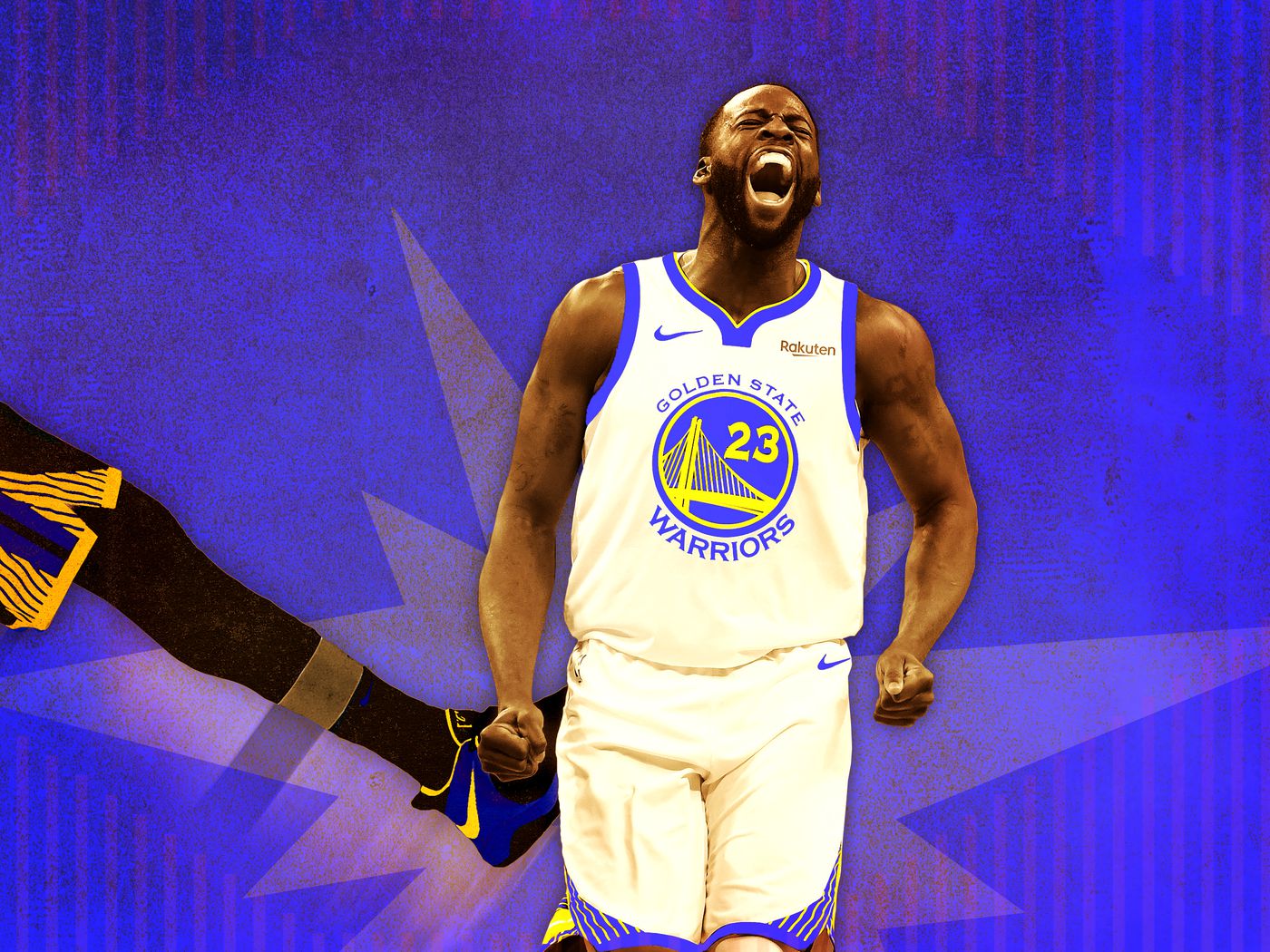
Draymond’s singular approach to defense has been validated—and valorized—through championships, Defensive Player of the Year awards, and All-Defensive teams (on which he’s been a near-permanent fixture since 2014-15, aside from the punted 2019-20 season). Seeing what others cannot has instilled a certain hubris, as if perceiving the imperceptible makes Draymond’s actions and motives imperceptible themselves. When put under the microscope, Green has recently shown a tendency toward self-effacement, minimizing himself and his ability. “A replay is never gonna look good, but I know my intentions, and my intentions were to sell the call. I also don’t think I’m an accurate enough puncher to do a full 360 and connect with someone,” Green said of his actions after the Suns game. It echoed Green’s sentiments last April, after stomping on Sabonis, when he told reporters, “I have to land my foot somewhere. I’m not the most flexible person, so it’s not stretching that far.”

The problem is, he’s spent his entire career maximizing every ounce of his on-court potential, flashing a super-processor of a mind that operates in tandem with remarkable coordination. The basketball-viewing public knows this, and multi-angled footage is tough to talk your way out of. He’s smart, but time and time again he’s proved that he isn’t slick. It isn’t difficult to figure out where he might have gotten an impression otherwise, though. His behavior has more or less been enabled by both the team (which has constantly stressed how much its system thrives off his energy and aggression) and by the league (Twitter knows that true invincibility is Draymond in a playoff game with one technical foul in tow). In that sense, while Green taking the time to work on himself and his emotional regulation is a net positive, the framing of the issue as a matter of mental health by the league feels disingenuous. As though the NBA’s relative lenience hasn’t played a role in the persistence of these incidents, as though Draymond’s reckless patterns of behavior—which span three presidential administrations—are any less tenable now than in previous years. What stands out most in the NBA’s ruling of an indefinite suspension is that the league doesn’t like to be made out to look like fools: because five games in November wasn’t enough of a message.
There is a tacit social contract to all sports: by participating within the framework of the game, you agree to behave in a manner befitting it. Fights happen, but are exceptions that prove the rule. A baseball player should expect to be able to play without getting beaned, just like a basketball player should expect to be able to defend an inbounds play without the opponent spinning into them and hitting them in the face with an open fist. Green’s repeated violations of that contract destabilize said framework. Draymond probably sees a method in the madness, much like how he reads defenses from a help position. To create chaos is to give yourself a head start in controlling it.
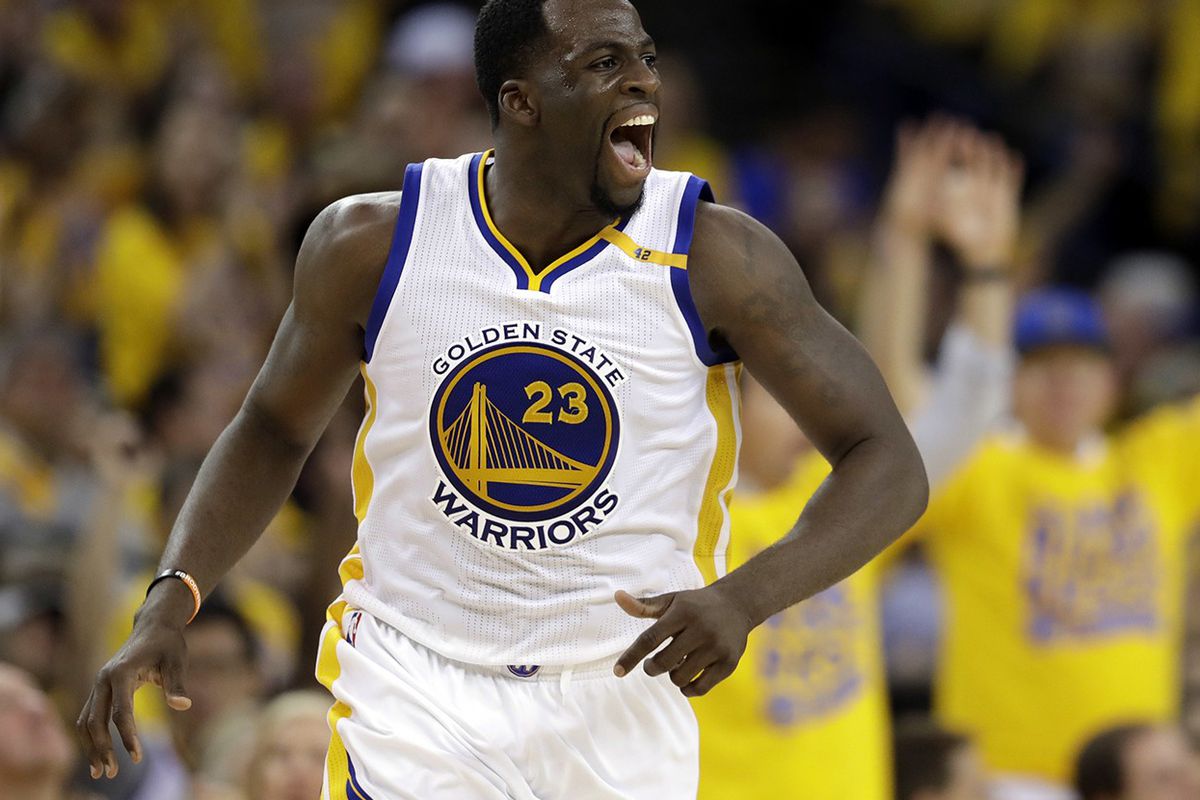
But with an indefinite hiatus from the game, there is nothing left to get away with. The chaos the floundering Warriors have to contend with from here on will not be controlled by Green but a direct result of his lack thereof. What remains in question is the Draymond Green that emerges from the other side. What happens when a legendary defensive player emboldened to toe the line of aggression and mayhem is defanged? And when the beating heart of an aging dynasty loses its vigor, is that the end?
